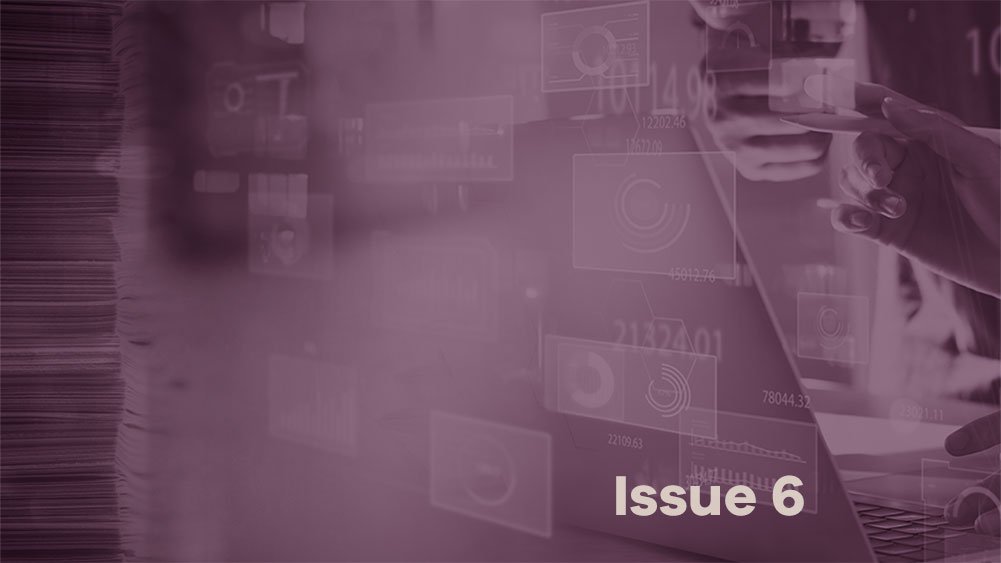A recently published edited volume, Lived Resistance against the War on Palestinian Children (edited by Heidi Morrison, University of Georgia Press, August 2024, 320 pp.), examines the concept of children’s “lived resistance,” which the book posits as an “embodied experience, from many innovative and important angles.” Here we summarize just a few of the contributions as space does not allow a full synopsis of the entire book.
In her chapter “The Violent Circulation of Affects and Necropenological Unchilding,” feminist scholar Nadera Shalhoub-Kevorkian focuses on children’s corpses systematically withheld by Israel and how grieving parents navigate such an agonizing situation. The chapter builds on her earlier work establishing the concept of “unchilding” in 2019, whereby Israel constructs Palestinian children as “dangerous and killable bodies needing to be caged and dismembered, physically and mentally,”14 thereby criminalizing their very existence and normalizing state violence against them to the extent that they are “excluded from childhood and humanity itself.”15
In “Guilty by Default: The Legal Process of Unchilding Palestinians,” attorney Shahrazad Odeh investigates the systematic “unchilding” of Palestinian children in Jerusalem through the Israeli legal system.16 The process is characterized, she writes, by three main pillars: labeling children as unworthy of rehabilitation, portraying them as public threats, and convicting them without fair due process.
Examining the years 2013 to 2018, a period marked by heightened political violence, Odeh analyzes the impact of Israeli legislation and legal practices on Palestinian youth. The chapter details how Israel’s legal system enforces “unchilding” by securitizing and prosecuting Palestinian children differently than Jewish children, using high conviction and incarceration rates to justify extensive state control and surveillance over Palestinian families. It contextualizes these practices within the broader framework of Israeli control and the precarious state-designated legal status of Palestinians in Jerusalem as “permanent residents,” highlighting their continuous struggle to maintain their rights and presence amid systemic oppression and displacement.
In “E-Fathering: Constructing Life in Spaces of Death,” Abeer Otman examines “e-fathering,” a way in which bereaved Palestinian fathers use social media to express their grief and stay connected with their deceased children.17 Otman explores the politics of resistance in sharing personal grief online, where social media, despite its role in repression, becomes a space for Palestinian fathers to assert their agency and mourn publicly, revealing layers of fatherhood suffering and resistance.
Through her analysis of social media posts, Otman reveals how the Israeli military occupation enforces “unchilding” and “unfathering,” which the author defines as “the dispossession of the father’s power, right, and license to protect and father his children.” Despite these challenges, bereaved fathers engage in “electronic fathering,” cautiously expressing love and care amid the criminalization and surveillance of Palestinian men. Their online activity provides a poignant example of how these fathers navigate their profound suffering and loss “as a form of liberation and agency” in a landscape wherein the usual societal supports and spaces for such expression are deliberately denied by the state, whether through ongoing violent war, withholding dead bodies, severe limitations on funerals for slain children, or other means.
Amneh Badran, professor of political science at Al-Quds University in Jerusalem, contributed “Children’s Political Activism in the East Jerusalem Village of Silwan, 2008–2015” to the volume.










